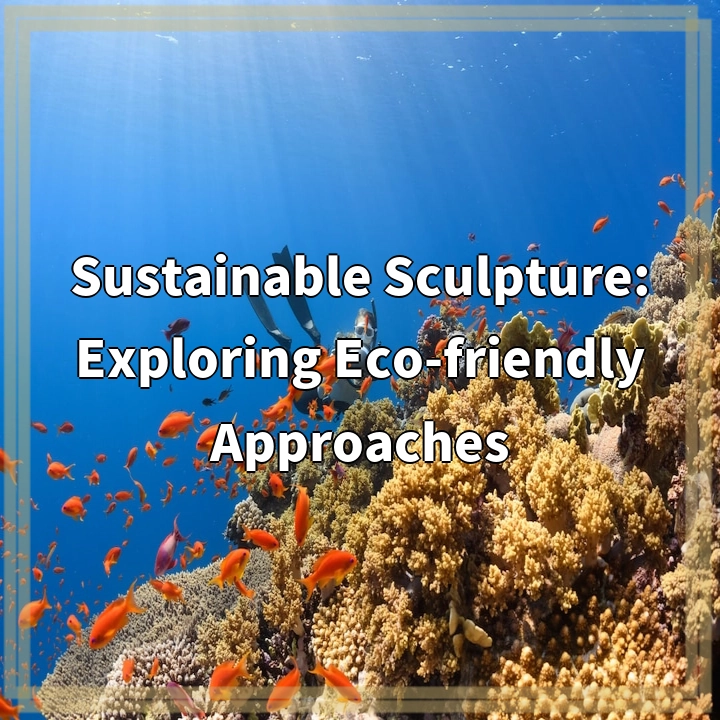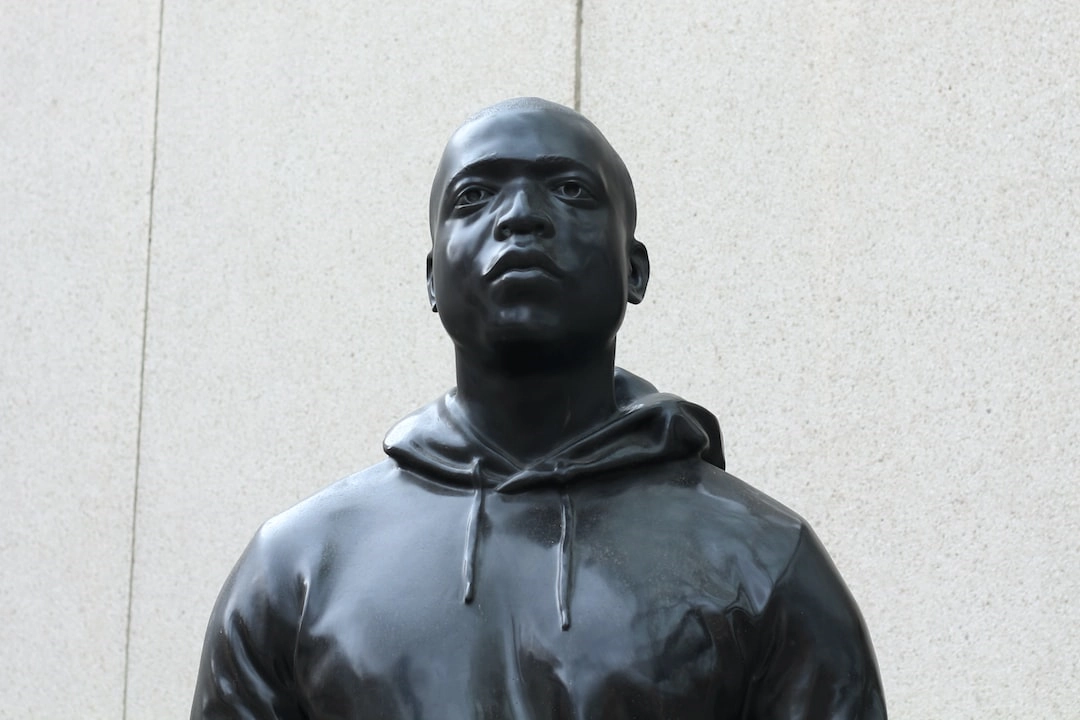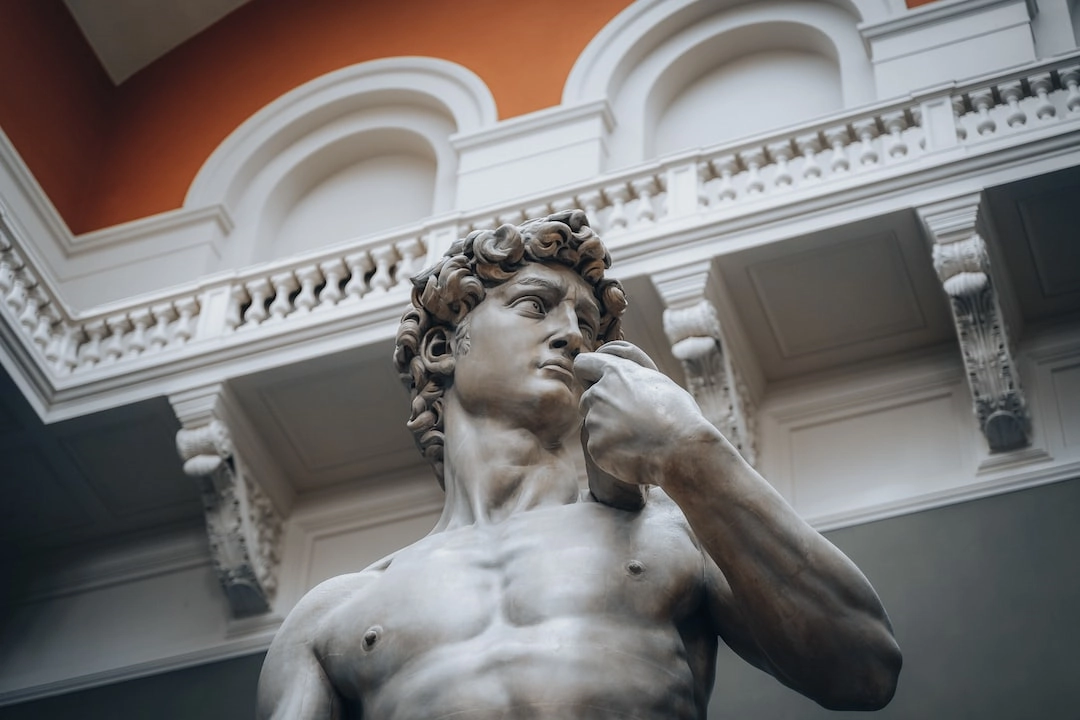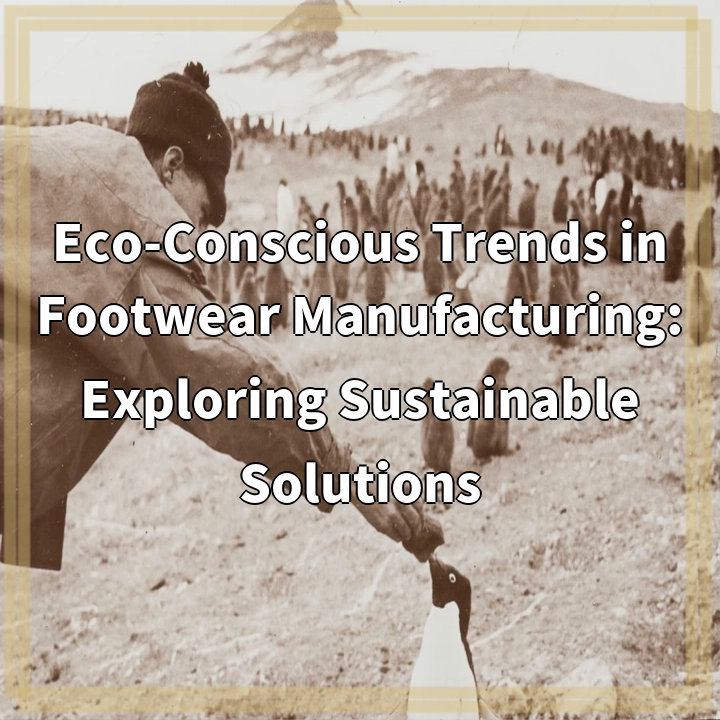
What is Sustainable Sculpture?
Sustainable sculpture refers to the practice of creating artwork using materials and techniques that have minimal impact on the environment. It involves considering the entire lifecycle of the artwork, from the sourcing of materials to its eventual disposal or repurposing.
The Real-World Problems Associated with Sustainable Sculpture
1. Material Sourcing
Sustainable sculpture poses the challenge of finding suitable materials that are eco-friendly and responsibly sourced. Traditional sculpting materials like metals, stone, and plastics often have a significant carbon footprint due to extraction processes and energy-intensive manufacturing.
2. Waste Generation
The production of sculpture can result in waste materials, such as excess clay, wood chips, or discarded pieces. It is essential for artists to find ways to minimize waste and practice proper recycling or repurposing techniques.
3. Toxicity and Pollution
Some sculpting materials and methods involve the use of toxic substances, including certain chemicals and paints. These materials can be harmful not only to the environment but also to the artists themselves. Finding non-toxic alternatives and adopting safe handling practices is crucial.
4. Energy Consumption
The process of sculpting, particularly when using machinery or tools, requires energy consumption. This energy can come from non-renewable sources, contributing to carbon emissions and climate change. Artists need to explore energy-efficient alternatives and renewable energy sources.
5. Aesthetics and Durability
Sustainability in sculpture sometimes faces the challenge of maintaining the same level of aesthetic quality and durability as traditional forms. Artists must find innovative ways to create environmentally friendly artwork without compromising visual appeal or longevity.
6. Public Perception and Market Demand
One of the real-world problems in sustainable sculpture is the need to create market demand and raise public awareness. Educating the audience about the importance of eco-friendly art and fostering an appreciation for sustainable sculpture can help overcome this challenge.

Solutions for Sustainable Sculpture
1. Material Sourcing
Explore alternative materials and techniques that have a lower environmental impact, such as recycled metals, sustainably harvested wood, and bio-based resins. Consider repurposing or upcycling existing materials to reduce the need for new resource extraction.
2. Waste Generation
Implement waste reduction strategies, such as careful planning and measurement to minimize material waste during the sculpting process. Explore ways to repurpose or recycle any leftover materials, or consider collaborating with local recycling facilities or artists who specialize in upcycling.
3. Toxicity and Pollution
Choose non-toxic and eco-friendly materials, such as water-based paints and natural dyes. Practice proper ventilation and safety protocols to minimize exposure to harmful substances. Opt for environmentally friendly cleaning methods and disposal practices.
4. Energy Consumption
Use energy-efficient sculpting tools and equipment, and consider incorporating renewable energy sources, like solar or wind power, into the creative process. Explore low-energy techniques, such as hand sculpting or using manual tools, to reduce energy consumption.
5. Aesthetics and Durability
Experiment with sustainable materials and techniques that can achieve desired aesthetic qualities and offer durability. Embrace the unique characteristics of eco-friendly materials, and educate the audience about the value and beauty of sustainable sculptures.
6. Public Perception and Market Demand
Promote sustainable sculpture through educational initiatives, workshops, and collaborations with art organizations or environmental groups. Use social media and online platforms to showcase the beauty and benefits of eco-friendly sculptures, and cultivate a market demand for sustainable artwork.















